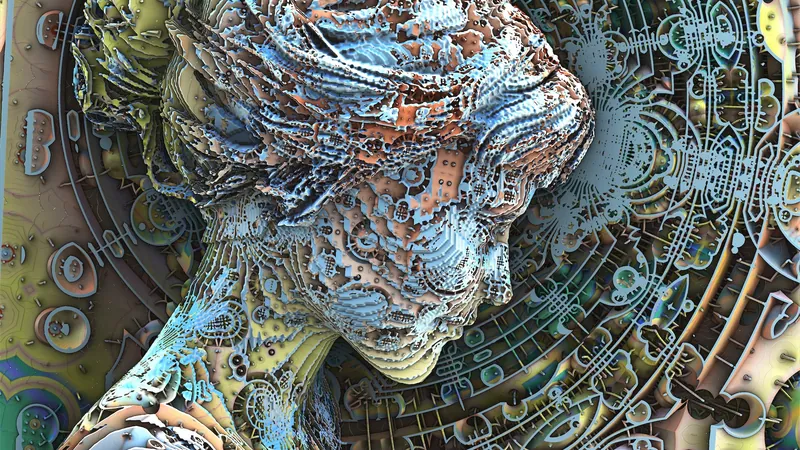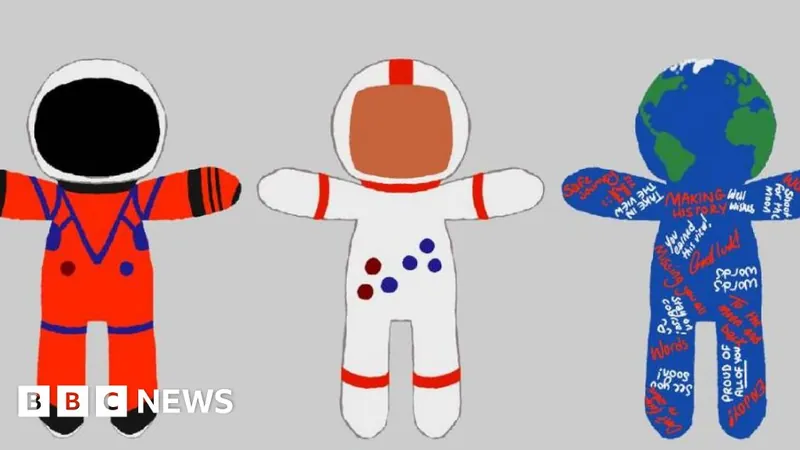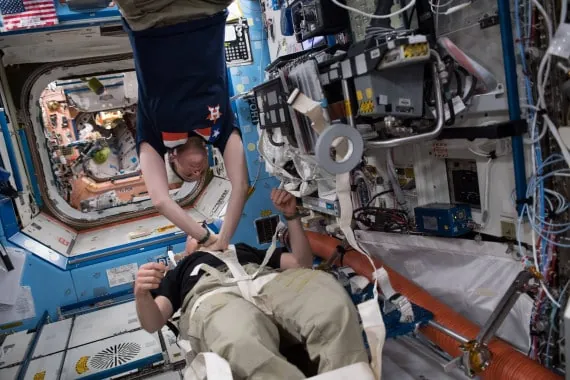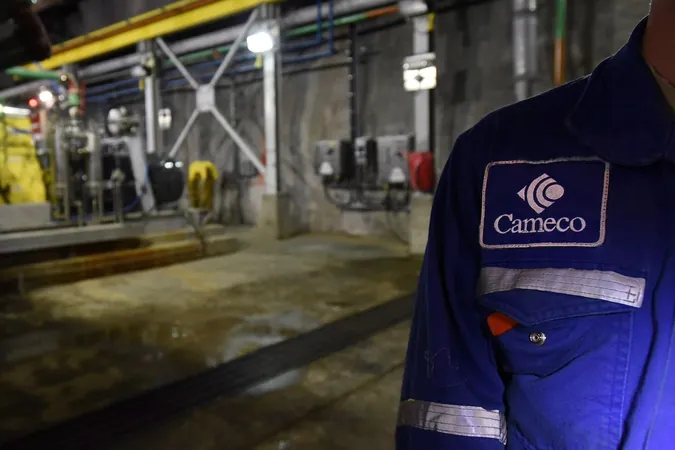
AI and the Digital Afterlife: Can Ghosts Become Glitches?
2025-08-30
Author: Amelia
Exploring the Dark Side of AI and Emotional Support
In the intriguing anthology *Cities of the Absurd: Strange Tales from the Dark Metropolis* (En Route 2025), author Ken Francis delves into the paradox of our times. Nearly half of generative AI users with reported mental health challenges are turning to AI chatbots like ChatGPT and Woebot for emotional solace—often without any suggestion from mental health professionals. It raises a chilling question: are we really seeking comfort from mere algorithms?
Holograms and Heartfelt Encounters
One particularly striking tale, "The Ghosts of Hologram House," echoes the existential dread in Ray Bradbury’s classic short story, *A Sound of Thunder*. Here, the concept of time travel becomes a modern reincarnation through artificial intelligence. For a hefty fee, individuals can interact with holographic recreations of their deceased loved ones, creating a jarring intersection of technology and grief.
For $6,000, a bereaved person can request a brief reunion with a departed friend or family member, brought to life through holograms supported by large language models. To achieve this, clients must provide personal footage and anecdotes that the AI utilizes to simulate conversations—digital ghosts rendered in a phantom-like reality.
A Disquieting Reality Awaits
However, as with many stories in this genre, not everything ends happily. Without giving too much away, those familiar with Gary Smith’s real-life insights into AI hallucinations may not be shocked by the unsettling resolution of this tale.
Welcome to the Age of 'Deadbots'
We may need to brace ourselves for the coming wave of 'deadbots'—digital avatars poised to permeate our society. The digital afterlife sector, which manages online legacies post-mortem, is anticipated to surge to nearly $80 billion within the next decade. As technology firms explore the commercial possibilities of these avatars, the implications raise eyebrows in both consumer circles and research communities.
As noted by NPR’s Chloe Veltman, the emotional allure tied to these 'deadbots' plays on our most vulnerable instincts. New Yorker cartoonist Amy Kurzweil, who has created a chatbot of her deceased grandfather, emphasized the emotional depth of such experiences. "It felt like I had some communion with his presence," she reflected on her foray into digital resurrection.
Is Hope in the Midst of Absurdity?
Francis’s anthology does offer glimmers of hope amidst the disquiet, with stories like "The Busybody" and "Kingdom of the Moon" providing more uplifting narratives. However, the collection leaves readers contemplating the uncertain trajectory of our modern urban existence, urging us to ponder the implications of technology on life, death, and the profound emotions in between.









 Brasil (PT)
Brasil (PT)
 Canada (EN)
Canada (EN)
 Chile (ES)
Chile (ES)
 Česko (CS)
Česko (CS)
 대한민국 (KO)
대한민국 (KO)
 España (ES)
España (ES)
 France (FR)
France (FR)
 Hong Kong (EN)
Hong Kong (EN)
 Italia (IT)
Italia (IT)
 日本 (JA)
日本 (JA)
 Magyarország (HU)
Magyarország (HU)
 Norge (NO)
Norge (NO)
 Polska (PL)
Polska (PL)
 Schweiz (DE)
Schweiz (DE)
 Singapore (EN)
Singapore (EN)
 Sverige (SV)
Sverige (SV)
 Suomi (FI)
Suomi (FI)
 Türkiye (TR)
Türkiye (TR)
 الإمارات العربية المتحدة (AR)
الإمارات العربية المتحدة (AR)